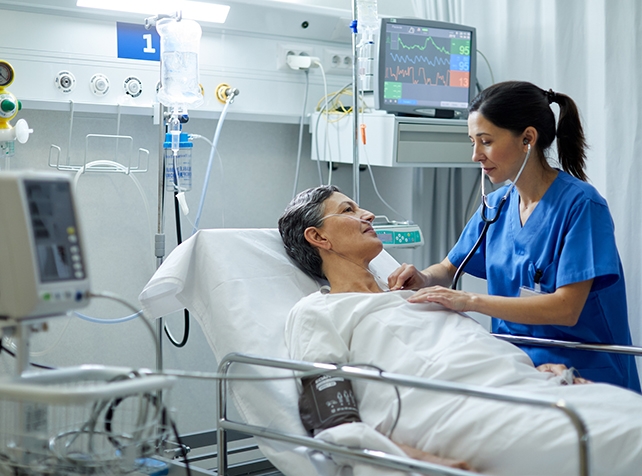Table of Contents
ToggleAssessment:
Objective Data:
- Assess the patient’s mobility and balance through observation of gait, use of assistive devices, and overall coordination.
- Evaluate the patient’s muscle strength and joint flexibility, particularly in lower extremities.
- Identify any environmental factors that may contribute to falls, such as uneven flooring, poor lighting, or obstacles.
Subjective Data:
- Interview the patient about their history of falls, including circumstances and frequency.
- Inquire about the use of medications that may affect balance, including sedatives, antihypertensives, or psychotropic drugs.
- Explore any sensory deficits, such as impaired vision or hearing, that may contribute to fall risk.
Diagnosis:
- Fall Risk related to impaired mobility, muscle weakness, environmental hazards, and medication effects.
Planning:
- The patient will maintain safety and minimize the risk of falls during their hospital stay, as evidenced by the absence of fall incidents within the next week.
Interventions:
- Implement Bed Alarms:
- Utilize bed alarms to alert healthcare providers if the patient attempts to leave the bed independently.
- Ensure proper placement and functioning of bed alarms to enhance effectiveness.
- Encourage Use of Assistive Devices:
- Instruct and encourage the patient to use assistive devices such as canes, walkers, or handrails to support mobility.
- Collaborate with physical therapy to assess and provide appropriate assistive devices.
- Provide Adequate Lighting:
- Ensure well-lit pathways, especially during nighttime hours, to enhance visibility and reduce the risk of tripping or stumbling.
- Educate the patient on the importance of using bedside lighting during nighttime ambulation.
- Medication Review and Adjustment:
- Collaborate with the healthcare team to review and adjust medications that may contribute to dizziness or impaired balance.
- Monitor for side effects of medications and communicate any changes to the healthcare provider.
- Implement Fall Risk Education:
- Educate the patient and family members about the identified risk factors and preventive measures.
- Provide written materials or visual aids to reinforce fall prevention strategies.
- Regular Monitoring and Assessment:
- Conduct regular assessments of the patient’s mobility, gait, and overall fall risk.
- Document any changes in the patient’s condition or environment that may impact fall risk.
- Bedside Commode or Bathroom Assistance:
- Provide a bedside commode or offer assistance with bathroom visits to prevent falls during toileting.
- Ensure the call bell is within reach for the patient to request assistance when needed.
- Collaborate with Physical Therapy:
- Involve physical therapy in developing a personalized exercise plan to improve strength, balance, and coordination.
- Schedule regular sessions to monitor progress and adjust the plan as needed.
Evaluation:
- Monitor and document the absence or occurrence of falls during the hospital stay.
- Assess the patient’s adherence to recommended fall prevention strategies.
- Evaluate the effectiveness of interventions in reducing fall risk and enhancing patient safety.
- Adjust the care plan based on ongoing assessments and any changes in the patient’s condition or environment.
Read more: Nursing Care Plans
Read more: Acute Pain Nursing Care Plan







